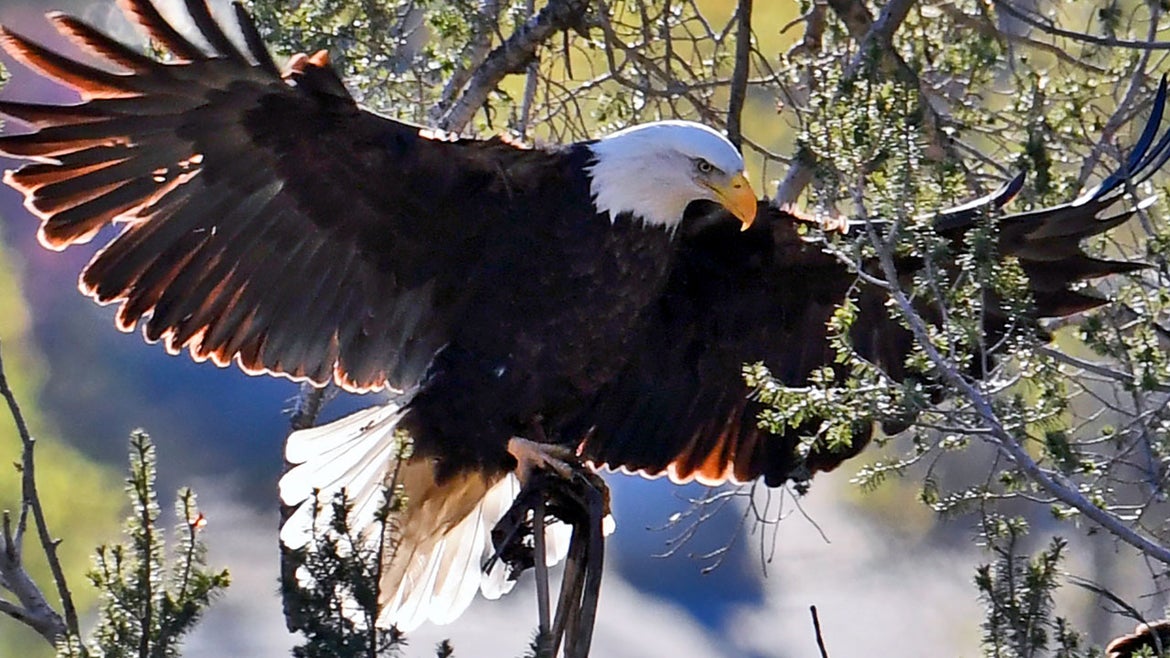Bald eagles once teetered on the edge of extinction but thanks to federal protection the birds have made a comeback. Now a study reports a new threat to the species.
A new study says that the population of America’s bird, the bald eagle, has been stunted due to lead poisoning, CBS News reported.
Scientists at the Department of Public and Ecosystem Health at Cornell University report in their study that after looking at records between 1990 and 2018 they found the bald eagles are eating hunters' gunshot ammunition, which is causing their population to decrease growth by 4% to 6%, CBS News reported.
“Even though the population seems like it’s recovered, some perturbation could come along that could cause eagles to decline again,” researchers said.
When a bald eagle eats the remains of the ammo or lead in large quantities, it has harmful effects on the animal’s nervous and reproductive systems, The Hill reported. Poisoned bald eagles may experience loss of balance, tremors and impaired ability to fly, and eventually lead to death, according to The Hill.
The study, published by Journal of Wildlife Management, said that scientists looked at the population of the species in the Northeast and said that hunters who "field dress" their prey and leave the contaminated remains of their ammo on site put the eagles that scavenge at risk, according to CBS News.
The study also suggests that other species, including owls, crows, deer, rabbits, coyotes, foxes, fish and bears, eat the remains as well, meaning they are all possibly at risk of being poisoned.
"We haven't collected data on these other species in the same way that we pay attention to eagles," Krysten Schuler, assistant research professor in the Department of Public and Ecosystem Health at Cornell University and senior author on the study, told CBS News. "We're putting eagles out there as a poster species for this issue, but they're not the only ones being impacted."
Bald eagles famously once tiptoed on the edge of extinction. During the early 1960s, the species was at an all-time low of 417 known nesting pairs in the continental U.S., according to The Hill.
Thanks to decades of federal protections and banning of pesticides in the early 1970s, the population of the species made a comeback over the decades, according to The Hill.
In March 2021, the U.S. Fish and Wildlife Service announced an estimated 316,700 bald eagles were thriving across the country.
The national bird continues to be protected even though it was taken off the endangered species list in 2007. Anyone who kills a bald eagle or hunts one could face a felony charge that comes with two years in prison and a fine of up to $250,000.
Related Stories






